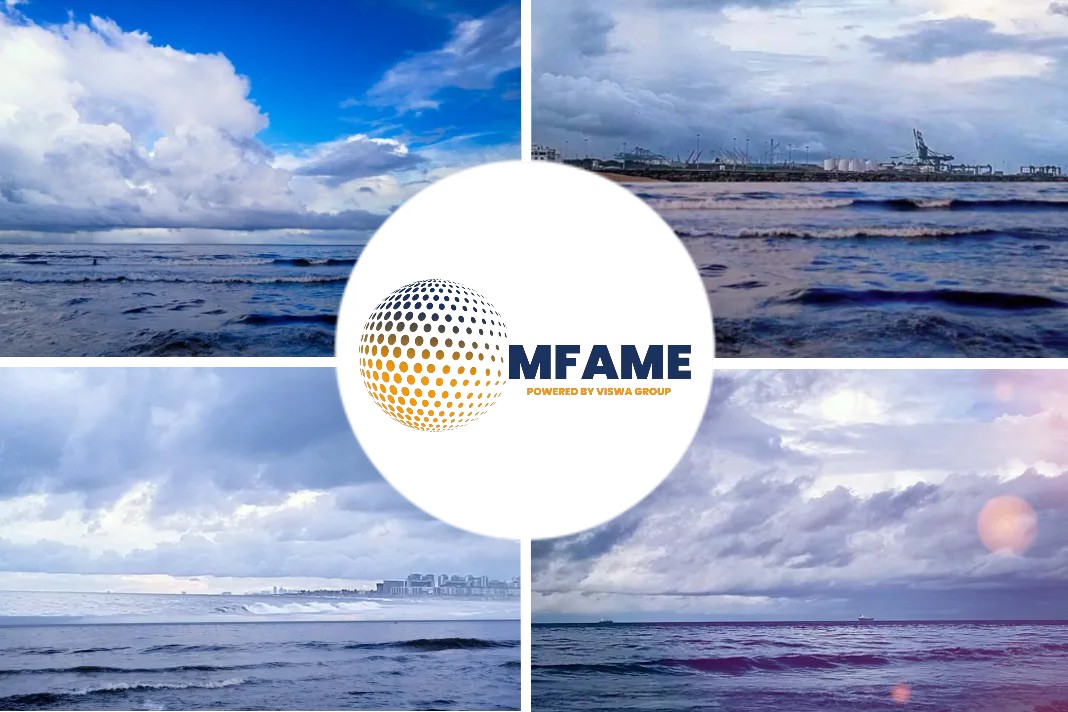
French shipping startup VELA has introduced a 100% wind-driven business model that offers a sustainable alternative for niche customers in the global shipping industry. By harnessing wind power, VELA aims to reduce carbon footprints and cater to clients seeking eco-friendly transportation options, as published in Clean Technica.
Wind Energy Makes A Comeback, With Pallets
French shipping startup VELA has introduced a unique concept by applying high-performance sailboat racing principles to cargo shipping. Their design features a sleek trimaran configuration, with three hulls offering increased stability for cargo and crew. Unlike traditional container ships, VELA’s trimaran does not use shipping containers but instead utilizes pallets for loading goods. This approach reduces unnecessary weight, resulting in lower environmental impact and CO2 emissions. Additionally, the trimaran is designed to be dismantled and its components reused or repurposed, further emphasizing sustainability.
Savings Beyond Wind Energy
VELA’s analysis shows that their wind-powered trimaran achieves an impressive 99% reduction in greenhouse gas emissions compared to conventional container ships. The remaining 1% of energy requirements will be supplemented by solar power and a battery system. The trimaran’s design allows it to access smaller ports, reducing the need for truck or rail transportation and further lowering the overall carbon footprint. The vessel incorporates various renewable energy sources such as photovoltaic panels and hydro-generators, which cover nearly 50% of onboard energy needs. In cases of low wind conditions, advanced route planning systems ensure optimal sailing conditions. VELA guarantees a warehouse-to-warehouse timeline of 10 to 15 days for trips between Europe and the US.
The Appeal Of A Sail-Powered Cargo Ship
While fossil fuel-powered cargo ships may initially appear faster than wind-powered vessels, VELA’s trimaran has several advantages. Its 10-15 day timeline includes loading, unloading, and transit, potentially giving it an edge over larger cargo ships during ship-to-shore operations. The ability to visit secondary ports helps avoid bottlenecks at major ports. VELA emphasizes that sustainability in shipping depends not only on propulsion but also on pre- and post-transport logistics. The Trimaran fleet is expected to be faster when considering the entire warehouse-to-warehouse voyage. While costs may vary depending on the cargo, VELA anticipates significant cost savings compared to air freight due to “free” wind energy. The zero-carbon shipping option appeals to luxury brands aiming to enhance their green reputation and avoid the carbon footprint associated with air freight. VELA plans to focus on shipping services for luxury goods, particularly French luxury products exported to the United States, leveraging the plentiful and predictable wind in the North Atlantic.
More Renewable Energy At Sea
VELA plans to launch its first trimaran in 2025, with a fleet operating between France and the US every nine days by 2028. While wind energy takes centre stage for VELA, other companies are also exploring its potential in the shipping industry. Norsepower offers a retrofittable wind harvesting device for existing cargo ships, while Airseas has developed a kite-like device. Zéphyr & Borée is working on rigid sails inspired by glider aircraft wings. Solar power is also gaining attention, with Hurtigruten Norway considering retractable sails with integrated solar panels for its electric cruise ship. These advancements highlight the increasing role of wind and solar energy in reducing emissions and fuel consumption in maritime transportation.
Did you subscribe to our newsletter?
It’s free! Click here to subscribe!
Source: Clean Technica





















